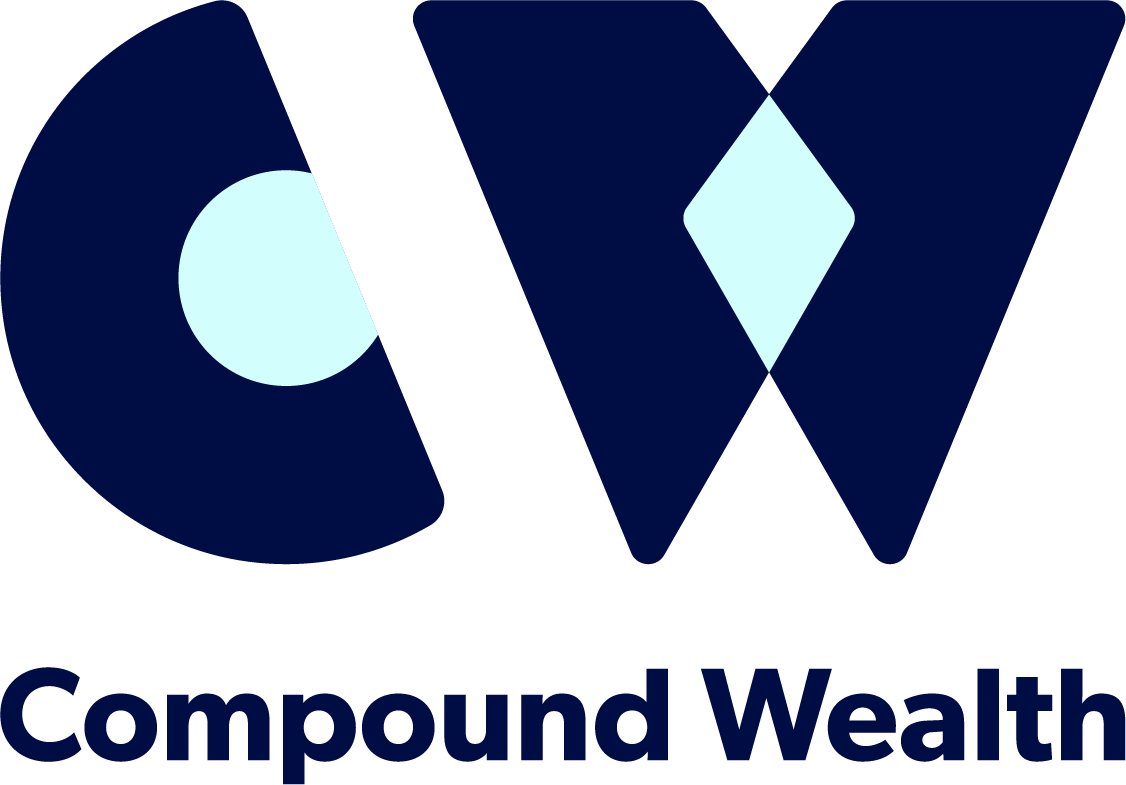Conservative? Balanced? Growth? What's the difference in KiwiSaver fund types?
KiwiSaver funds are categorised by their nature, the issue is most New Zealander’s don’t know how each category is defined.
KiwiSaver schemes are split into varying types dependent on the percentage of ‘Growth’ assets and ‘Income’ assets they consist of. So how are these defined?
Growth assets: These includes shares (equities) and listed property.
Income assets: These includes fixed interest (bonds) and cash / cash equivalents (term deposits, notes etc.).
Note that both KiwiSaver funds Growth assets are typically much more heavily weighted towards shares in comparison to listed property, similarly Income assets are typically much more heavily weighted towards bonds rather than cash.
Now that we understand the two different asset classes, we can look at how varying KiwiSaver funds are defined. We will also look at what investment timeframe these KiwiSaver funds are suited for (i.e when you plan on turning your KiwiSaver investment into cash for either a first-home deposit or retirement).
Cash: 100% cash and cash equivalents only. Investment timeframe of less than 3 years.
Conservative: ~20% growth assets, ~80% income assets. Investment timeframe of 2 to 5 years.
Moderate: ~35% growth assets, ~65% income assets. Investment timeframe of 3 to 7 years.
Balanced: ~55% growth assets, ~45% income assets. Investment timeframe of 5 to 10 years.
Growth: ~75% growth assets, ~25% income assets. Investment timeframe of 8 to 15 years.
Aggressive: ~90% growth assets, ~10% income assets. Investment timeframe of 10+ years.
So that all seems pretty simple right… but why does a Cash fund made up of 100% cash and cash equivalents suit a person who is going to use their KiwiSaver within the next 3 years? And why does an Aggressive fund suit a person who has at least 10 years until they are going to touch theirs? Let’s use this graph to illustrate.
Investment Markets by Asset Class from 31/12/1970 - 31/12/2019
The graph above compares what a person investing $10,000 at the end of 1970 would have accumulated the end of 2019 across of range of asset classes. As per the above, a person investing in NZ Bond’s, Cash or World Bond’s would’ve wound up with between $380k and $540k, however a person investing in Aus, World or NZ shares (equities) would’ve walked away with between $1.6 million and $3.4 million!
So it’s established that over the long run, shares outperform bonds and cash. However when you look at the how these asset classes track along the 50 years, it’s clear to note that equities suffer a lot more volatility. The Sharemarket Crash of 1987, DotCom Bubble that burst in 2000 and the Global Financial Crisis (GFC) of 2007/2008 all resulted in those equity lines to dive, taking a number of years to recover back to their original previous peak.
This is the main premise for understanding how investment timeframe correlates to what type of fund is suitable for you. If you held an aggressive KiwiSaver fund and an event such as the GFC occurred right before you cashed out to purchase a home, your first home deposit would be significantly less than expected (potentially resulting in you missing out on purchasing the home). Conversely, if you held a cash KiwiSaver fund, but had 40 years until you were going to use it for retirement, you are missing out on all of those potential gains along the way.
That’s why it’s always key to invest with your investment timeframe in mind. If you want to know if you’re KiwiSaver fund is both being maximised for returns and suitable for your personal situation, follow the link below to our online fact find. The fact find only takes 5 minutes to complete, and once you have finished we will provide you with a free no-obligation KiwiSaver recommendation.
Compound Wealth are based in Mount Maunganui, Tauranga and offer KiwiSaver, Investment & Retirement Financial Advice to clients all over New Zealand.

